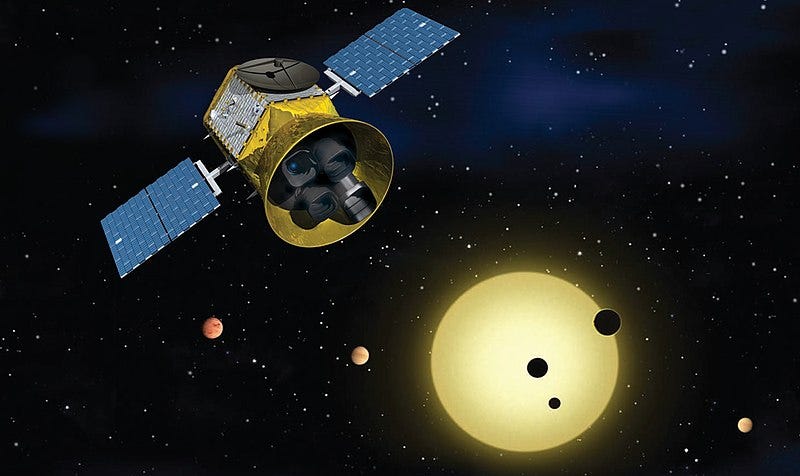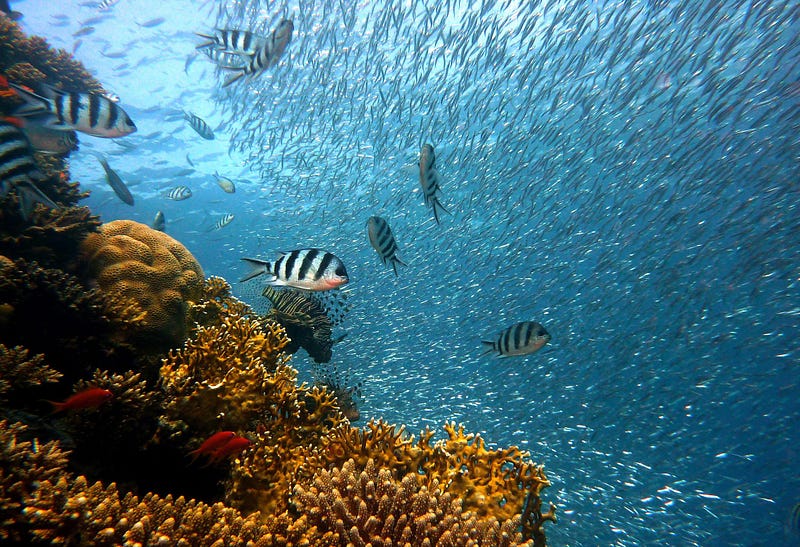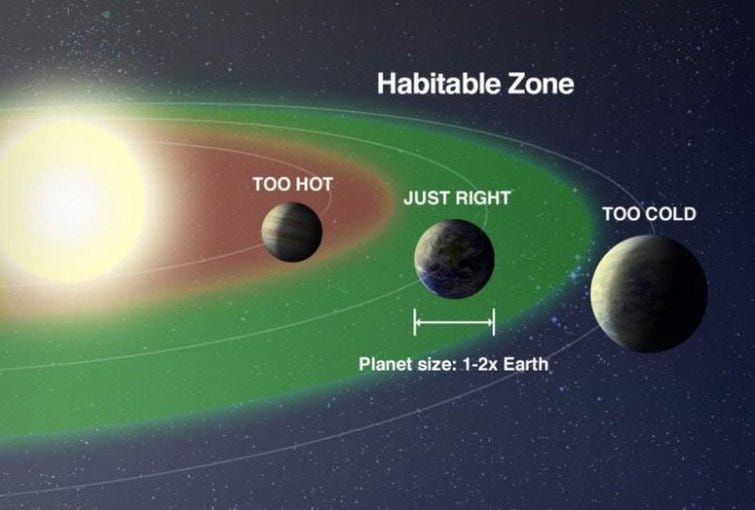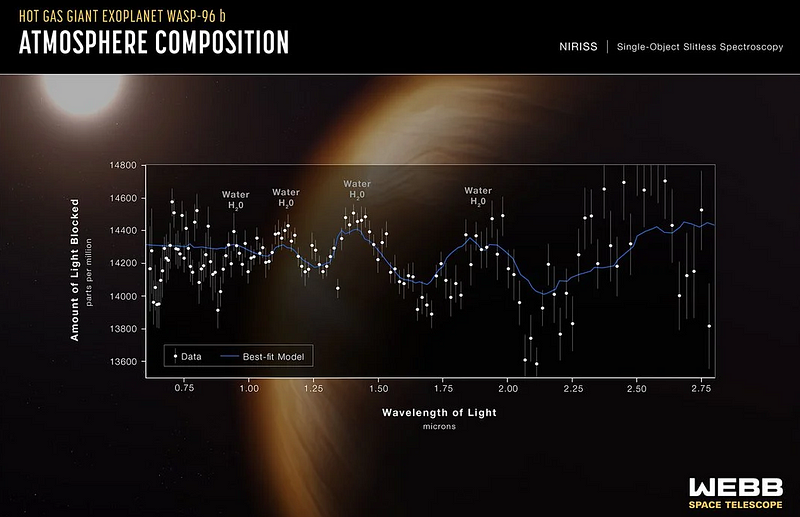Exploring the Possibility of Life on Exoplanets
Written on
Chapter 1: The Search for Habitable Exoplanets
As researchers gaze into the vastness of the universe, there's a consensus: planets with temperate climates are essential for supporting life as we understand it. But what criteria define a planet's ability to harbor life? And just how many potentially habitable planets exist in our galaxy? This article delves into these scientific inquiries. Let's explore!
Exoplanet Discovery
For many years, the existence of planets beyond our Solar System was uncertain. Fortunately, recent advancements in astronomy have disproved this notion. In 1992, radio astronomers Aleksander Wolszczan and Dale Frail announced the groundbreaking discovery of two rocky planets orbiting a pulsar, marking the inaugural identification of an exoplanet.

The discoveries have continued to multiply. As of this writing, astronomers have confirmed over 5,000 exoplanets, with numbers increasing daily. Exoplanet research is thriving as a dynamic segment of astronomy. Recently, NASA has deployed several telescopes aimed at uncovering exoplanets, including the Kepler Space Telescope and the Transiting Exoplanet Survey Satellite (TESS). Additionally, the newly launched James Webb Space Telescope is set to conduct infrared astronomy, enabling researchers to analyze the atmospheres of these distant worlds.

The Habitable Zone
A pressing question arises: Are any of these exoplanets capable of supporting life? Fortunately, extensive studies have been conducted to define what makes a planet "habitable." The consensus among scientists is that water is a crucial factor. Water possesses unique properties essential for life, acting as a universal solvent that facilitates the transport of essential materials within cells and ecosystems. Moreover, water remains in a liquid state across a wide temperature range.

Because of its fundamental role in life, astronomers define a star's habitable zone as the region around a star where liquid water could potentially exist on a planet's surface. If a planet is too close to its star, it becomes too hot, causing any water to evaporate into space. Conversely, if a planet is too distant, any water would freeze solid. This habitable zone is often referred to as the "Goldilocks zone," as it is "just right" for the presence of liquid water.
How Many Potentially Habitable Planets Are There?
So, how many planets exist within the habitable zone of their stars? The answer varies, but many experts suggest it may be more than one might expect. This was the mission of the Kepler Space Telescope: to calculate a value known as eta-Earth, which represents the proportion of Sun-like stars that have Earth-sized planets orbiting within their habitable zones. Kepler monitored 150,000 stars in a specific area of our galaxy, searching for slight dips in starlight caused by transiting exoplanets.
After analyzing the data, a team of 44 astronomers spent two years determining a preliminary estimate for eta-Earth, concluding it to be around 7%. This conservative estimate acknowledges potential surprises in nature regarding habitability. Nevertheless, even this cautious figure suggests a remarkable number of habitable planets. NASA estimates that our galaxy contains at least 100 billion stars, with approximately 4 billion being similar to our Sun. Consequently, this implies that there could be around 300 million potentially habitable planets in our galaxy.

Atmospheric Analysis
Building on Kepler's findings, astronomers are now equipped to examine the atmospheres of exoplanets using data from the James Webb Space Telescope. Following the release of Webb's initial images, NASA shared information regarding the atmospheric composition of WASP-96b, a hot gas planet located approximately 1,150 light-years away.
Webb's observations confirmed the presence of water vapor in the atmosphere of WASP-96b, derived from its transmission spectrum. This spectrum is created by comparing starlight filtered through a planet's atmosphere as it transits across its star with unfiltered starlight collected when the planet is adjacent to the star. The detection of specific gas molecules results in minor reductions in brightness at certain infrared wavelengths. For WASP-96b, astronomers noted decreases in brightness corresponding to water vapor.
It's important to emphasize that while the discovery of water vapor indicates the potential for life, it does not imply the existence of aliens or even microbial life on WASP-96b. However, this finding suggests that conditions for life might be present.
Looking ahead, astronomers will continue to explore potentially habitable planets within our universe. Many of these planets may be relatively close, with several lying within mere tens of light-years from our solar system. An interstellar journey to one of these distant worlds may not be far-fetched.
Description: This video explores the search for exoplanets and the potential for life in the galaxy.
Description: NASA's discoveries of planets that may be more suitable for life than Earth are discussed in this informative video.
Enjoyed this article? Then, check out these related pieces: The Fermi Paradox: Where Are All the Aliens? — Are we alone in the Universe? Perhaps not. How Many Advanced Extraterrestrial Civilizations Are in Our Galaxy Today? — How astronomers calculate this number using the Drake Equation. Can Galactic Colonization Models Resolve the Fermi Paradox? — Why don’t we see signs of interstellar alien empires? Maybe because they haven’t had enough time to colonize our Galaxy.